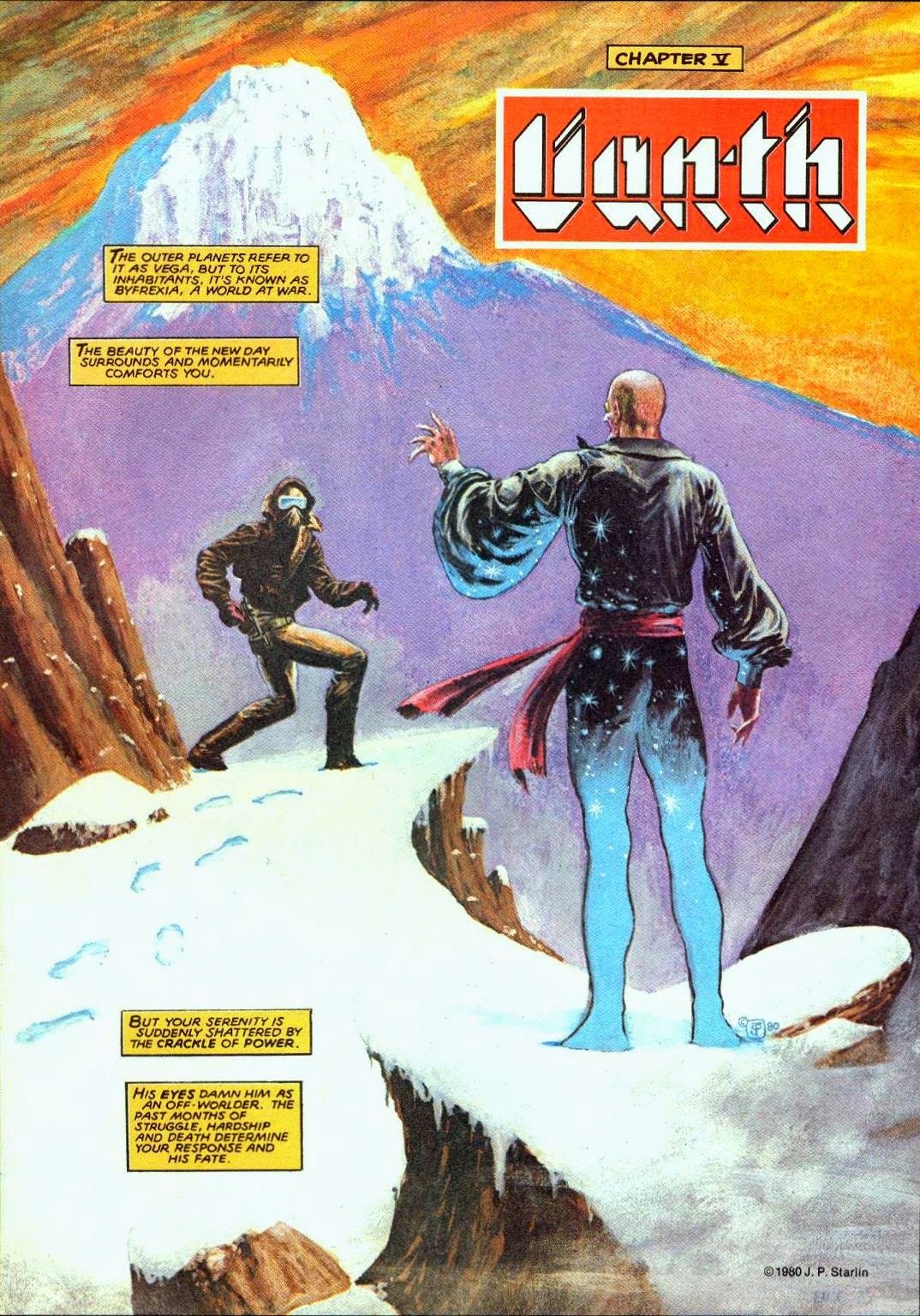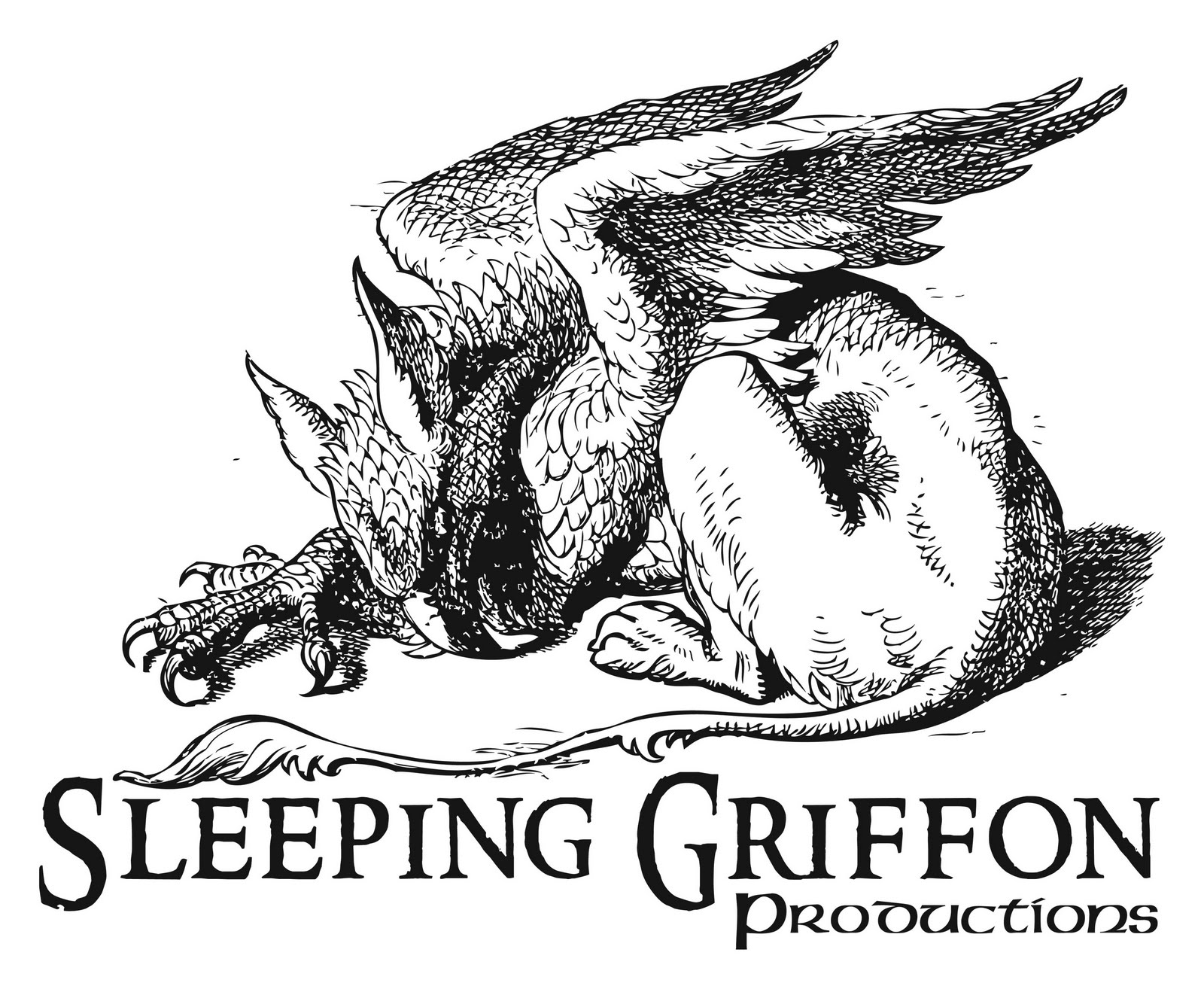Here's the next installment of Jim Starlin's Metamorphosis Odyssey. The earlier posts in the series can be found here.
"Juliet (Metamorphosis Odyssey Chapter III)"
"Juliet (Metamorphosis Odyssey Chapter III)"
Epic Illustrated #1 (Spring 1980) Story & Art by James Starlin
Synopsis: In Kansas, a family listens to reports of an alien invasion on the radio. Russia and China have fallen. The island of Japan may have been sunk by the onslaught. In the U.S., officials debate the use of nuclear weapons against the threat. Everything else the nations of the Earth have tried has been to no avail.
Juliet walks out into yard. Her mother worries about her, most of all: she's only 15. Juliet's grandfather reminds them all of Pearl Harbor. He's confident the U.S. can win this one, too. Besides, the aliens won't want anything in Kansas.
As if to mock him, an alien vessel flies overhead and blows up the farmhouse. On Juliet survives.
The craft lands and two Zygotean mercenaries emerge. They were scouting for locations to land the fuel fleet. The see Juliet and move to kill her. Suddenly, one of the mercenaries is disintegrated.
The other mercenary is quick and wounds Aknaton, but it doesn't do him much good. He's disintegrated by the Osirosan's next blast.
Aknaton builds a pyramid around them with his power to fly them off Earth. He explains to Juliet who they are. She feels bad about leaving her people. Aknaton explains that they are all going to die anyway. Her death would mean nothing here, but she has gifts that can help him stop the spread of Zygoteism.
He assures her that Earth is dead, but there are different kinds of death: Slow death under Zygotean enslavement--or a quick death that takes foe as well as friend. A death brought about by the simultaneous detonation of all the Earth's nuclear weapons:
Juliet walks out into yard. Her mother worries about her, most of all: she's only 15. Juliet's grandfather reminds them all of Pearl Harbor. He's confident the U.S. can win this one, too. Besides, the aliens won't want anything in Kansas.
As if to mock him, an alien vessel flies overhead and blows up the farmhouse. On Juliet survives.
The craft lands and two Zygotean mercenaries emerge. They were scouting for locations to land the fuel fleet. The see Juliet and move to kill her. Suddenly, one of the mercenaries is disintegrated.
The other mercenary is quick and wounds Aknaton, but it doesn't do him much good. He's disintegrated by the Osirosan's next blast.
Aknaton builds a pyramid around them with his power to fly them off Earth. He explains to Juliet who they are. She feels bad about leaving her people. Aknaton explains that they are all going to die anyway. Her death would mean nothing here, but she has gifts that can help him stop the spread of Zygoteism.
He assures her that Earth is dead, but there are different kinds of death: Slow death under Zygotean enslavement--or a quick death that takes foe as well as friend. A death brought about by the simultaneous detonation of all the Earth's nuclear weapons:
Things to Notice:
Starlin's opening with Juliet's grand-father and parents conversing contrasts the pessimism of the seventies with the post-World War II optimism. The story comes down on the side of pessimism. The dialogue doesn't allow Juliet to say much in her own story, though.
Aknaton's confrontation with the Zygotean mercenary serves to show him as vulnerable--and fallible. This is important because the first chapter portrayed him in a very mythic way and in the second he's in the role a god. His mortal fallibility gives us a different lens through which to see his declarations about what needs to be done.
Aknaton's destruction of Earth (and the rationale he gives Juliet) shows just what sort of conditions he's willing to count as victory and foreshadows events to come.
- "Pulsar-sucking obstructionist!" is a alien insult.
Starlin's opening with Juliet's grand-father and parents conversing contrasts the pessimism of the seventies with the post-World War II optimism. The story comes down on the side of pessimism. The dialogue doesn't allow Juliet to say much in her own story, though.
Aknaton's confrontation with the Zygotean mercenary serves to show him as vulnerable--and fallible. This is important because the first chapter portrayed him in a very mythic way and in the second he's in the role a god. His mortal fallibility gives us a different lens through which to see his declarations about what needs to be done.
Aknaton's destruction of Earth (and the rationale he gives Juliet) shows just what sort of conditions he's willing to count as victory and foreshadows events to come.

















































